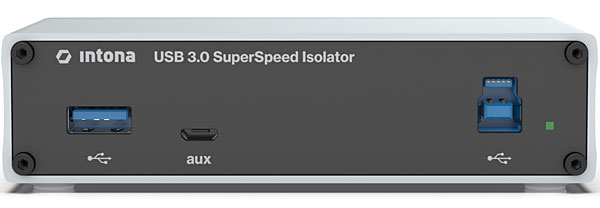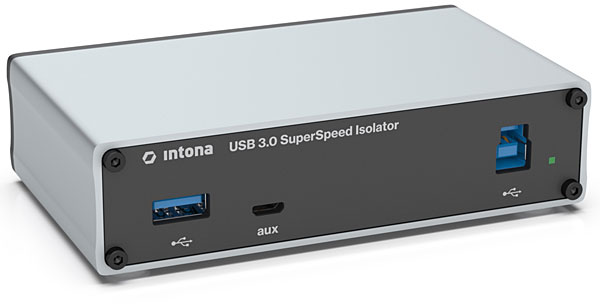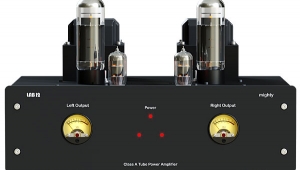| Columns Retired Columns & Blogs |
Many reviews/experiences I read elsewhere point to that May may be one of the best DACs for DSD. I strongly recommend using HQPlayer to oversample any DSD to DSD512. I believe using HQPlayer for OS is clearly better than using May's own OS function.










































